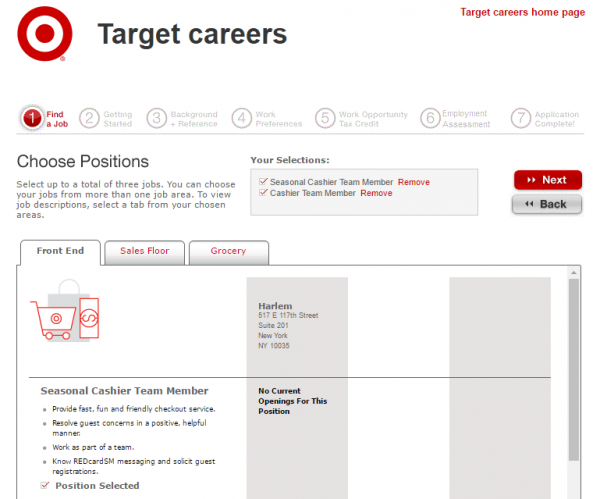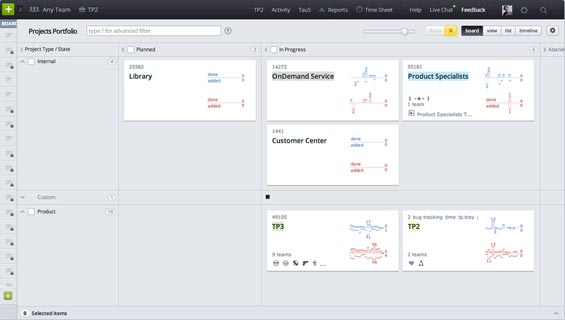

For example, you might require that documents in a particular library be checked out before they can be edited. Plan content governance You can plan the appropriate degree of control that is based on content type or storage location. For more information, see Content type and workflow planning (SharePoint Server 2010).

SharePoint Server 2016 also supports creating and installing custom workflows. SharePoint Server 2016 includes workflows for common team tasks such as reviewing and approving documents. Plan workflows When you plan workflows for your organization, you can control and track how documents move from one team member to another as each participant collaborates in a document's life cycle. This is an important step to help you organize your documents and enforce consistency across your organization. Plan content types Use content types to organize information about documents, such as metadata, document templates, and workflow processes. For more information, see " Plan the flow of content" in Document library planning (SharePoint Server 2010). Plan how content moves between locations It might be necessary to move or copy a document from one site or library to another at different stages of its life cycle. For more information, see Document library planning (SharePoint Server 2010). Within a library, you can additionally organize content into folders and subfolders. SharePoint Server 2016 offers a range of features to help organize and store documents, from specialized sites to loosely structured document libraries for quick document creation and collaboration. Plan the organization of documents You can organize documents in site collections, sites, and libraries. For more information, see Identify users and analyze document usage (SharePoint Server 2010).

Identify document management roles Ensure that your plans incorporate the feedback of your organization's key stakeholders, you have the best team to implement the solution, and you know who will participate in document management processes.Īnalyze document usage After you identify who works on documents, determine the kinds of documents that they work on and how they use them. The document management planning process consists of the following major steps: To make sure that information workers can easily take advantage of these capabilities without having to depart from their day-to-day operations and familiar tools, applications in the Microsoft Office system - such as Microsoft Outlook and Word - also include features that support each stage in a document's life cycle.
#Target process 3 online documentation how to#
How to handle documents as corporate records, which must be retained according to legal requirements and corporate guidelines. What policies to apply to documents so that document-related actions are audited, documents are retained or disposed of appropriately, and content that is important to the organization is protected. SharePoint Server 2016 includes the same features and also adds the following: SharePoint Foundation 2013 includes features that implement all these aspects of document management. How to move documents within the organization as team members contribute to the documents' creation, review, approval, publication, and disposition. How to control access to a document at each stage of its life cycle. Where to store a document at each stage of its life cycle. What metadata to provide for each kind of document. What template to use for each kind of document. What kinds of documents and other content can be created in an organization. The elements of a document management systemĪn effective document management solution specifies the following: The tools that you use for document management should be flexible enough to enable you to tightly control a document's life cycle, if that fits your enterprise's culture and goals, but also to let you implement a more loosely structured system, if that better suits your enterprise. Although the term "management" implies that information is controlled from the top of the organization, an effective document management system should reflect the culture of the organization that uses it. This article contains a high-level description of the various elements of a document management solution that is based on SharePoint Server 2016.ĭocument management controls the life cycle of documents in your organization - how they are created, reviewed, and published, and how they are ultimately disposed of or retained. Summary: Learn about the elements of a document management solution and the document management planning process in SharePoint 2013.


 0 kommentar(er)
0 kommentar(er)
